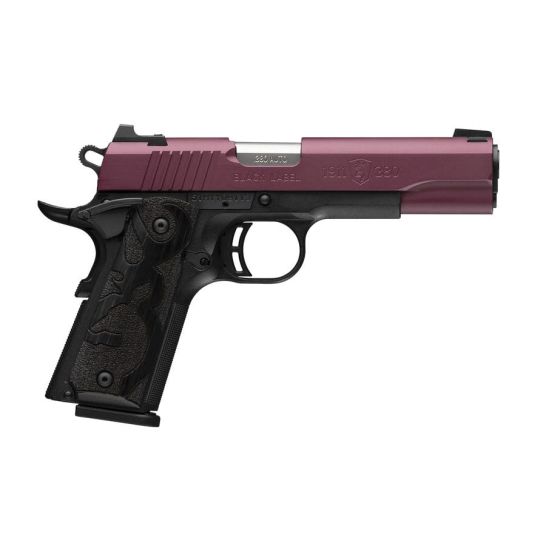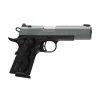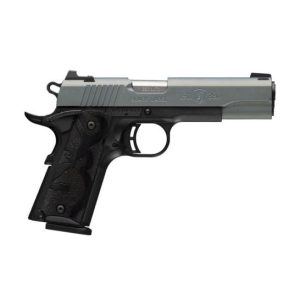Browning 1911-380 Full-Size – Cerakote .380 ACP 4.25" 8rds Pistol, Black – High-Performance for Target Shooting – 051994492 For Sale
$822.99
The Browning 1911-380 Full-Size Cerakote .380 ACP is a modern reinterpretation of John M. Browning’s iconic designs, merging the model 1911 with the .380 ACP cartridge. This lightweight pistol stands apart from typical .380 ACP “pocket pistols” due to its larger size, which improves recoil management and allows for faster, more accurate follow-up shots. Its 4.25-inch barrel enhances bullet velocity, yielding greater impact and precision. The design ensures a secure grip with a thoughtfully-sized handle, even in its compact form. Finished in sleek black cerakote, the Black Label edition is loaded with features to enhance performance, including stippled laminated wood grips, safety extensions, and a skeletonized trigger and hammer. It also features textured grips and steel 3-dot combat sights for quick target acquisition. The Black Label 1911-380 combines aesthetics with high functionality, offering a factory-crafted option that competes with custom-grade pistols, making it an impressive choice for target shooting.



Reviews
There are no reviews yet.